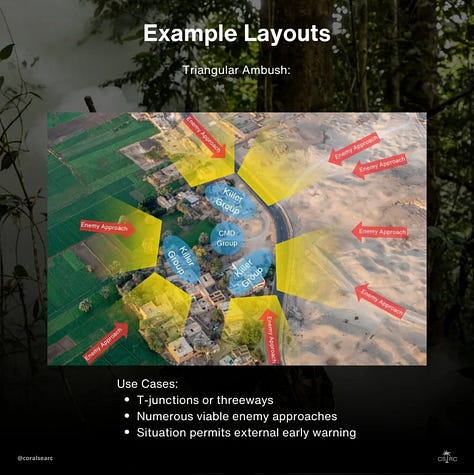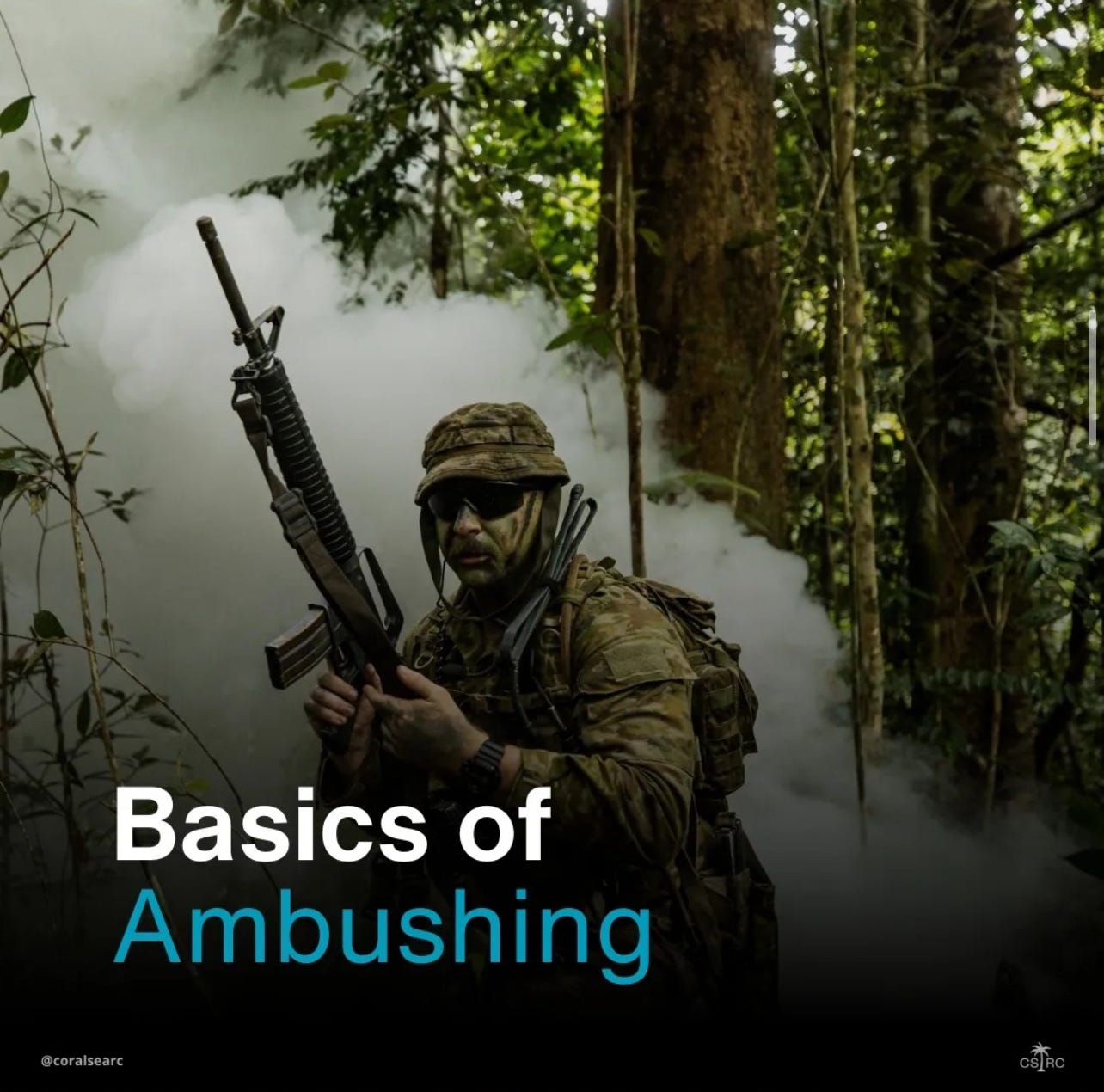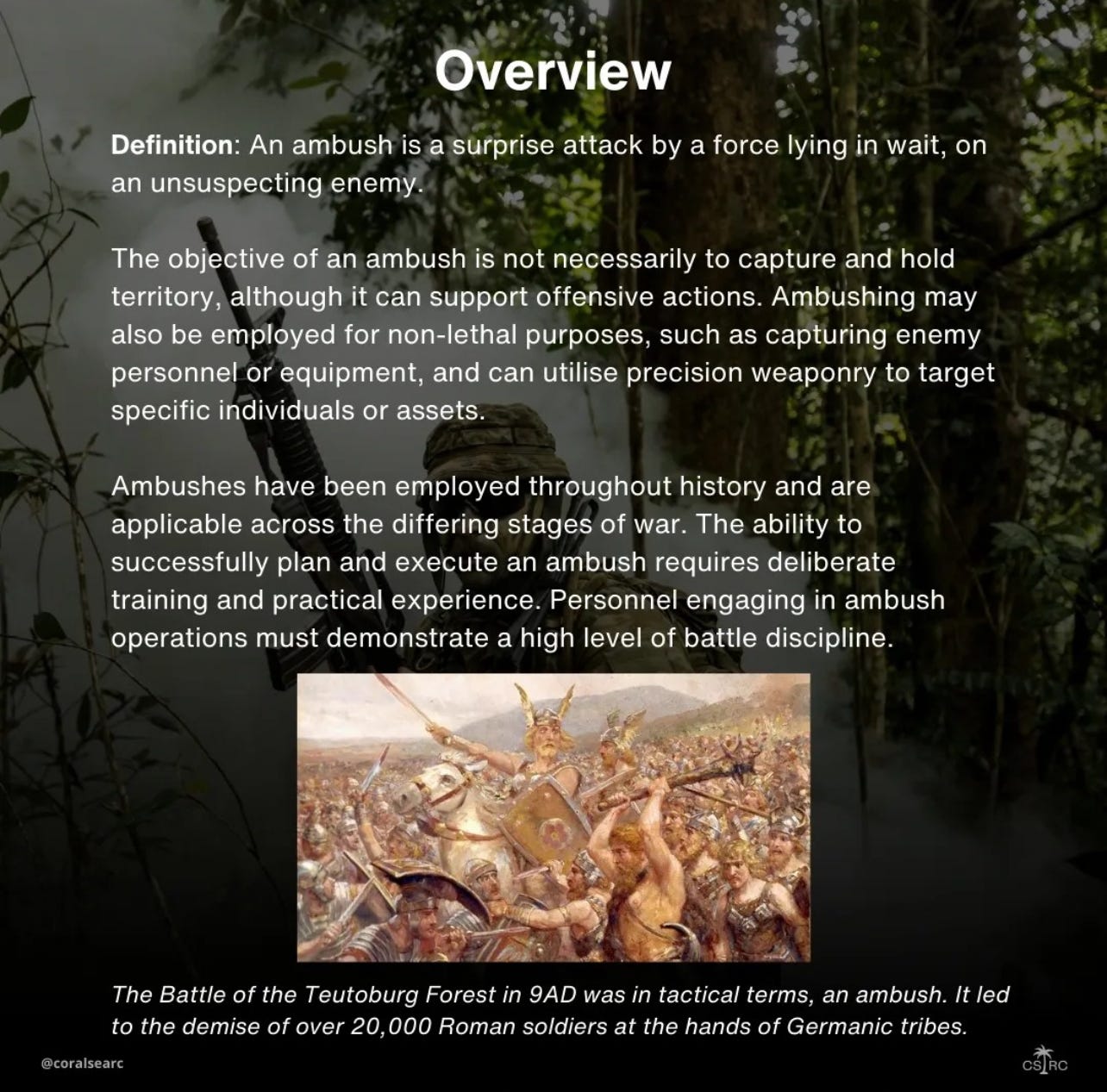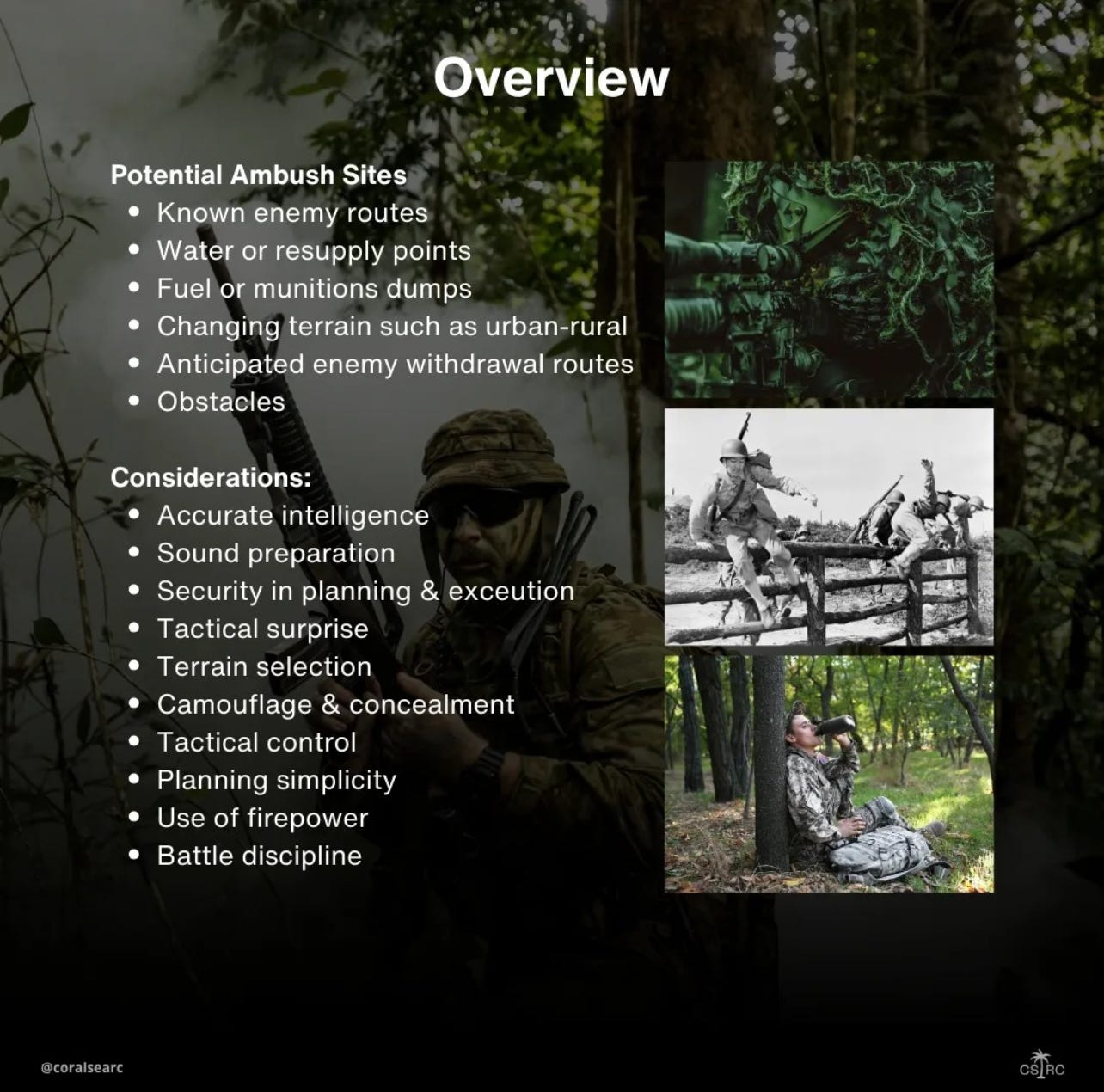Letter from the Editor
I’m thinking about my values a lot lately, specifically about how my actions line up with them. The reasons are pretty simple. When my values and action are aligned, I feel good. When they aren’t I feel bad. I don’t like feeling bad so I try to keep them aligned, but it’s complicated.
Sometimes there is an imperfect Venn overlap, enough that someone is going to be dissapointed no matter what course of action I choose. It need not be a binary, good vs. bad decison, sometimes all the options presented are pretty good opportunities and figuring out why one is more appropriate than another means I’m going to always wonder about the path not taken. Such is life.
I would not call myself a Stoic, I’m not that dedicated, but I read Marcus Aurelius’ Meditations every morning. I only read a single section and sometimes it takes several readings and maybe some research to understand what I need to take from it, but I often find it aligns with something I am pondering. I find it helpful to know someone was wrestling with the same human issues we all do in a way that people have used his thoughts as a starting point for their own ever since.
On the matter of values and actions alignment, and choosing a course of action in the face of risk and fear of missing out, I found this helpful:
“[T]he longest living, and he who will die soon lose just the same. For the present is the only thing of which a man can be deprived, if it is true that this is the only thing that he has, and that a man cannot lose a thing if he has it not.”
It’s a good reminder to me that life is short and persisting at being unhappy now in hopes of being happy later is likely a loser’s bet. Furthermore, perseverating on things that others have and I want is a pointless motivation. The value of most possessions are illusory. Next year’s model of that car or truck you’re lusting after will be better than the one you covet this year. Why not be happy with the one you have and take control of your money now? The old shotgun I use does a fine job of putting food on my plate. What’s the real value of a different form of the same thing? Why would I give someone $2500 to find out when I have no complaints about the one I’ve hunted with for thirty years?
We have only the present. It belongs to each of us in its entirety, subject to the decisions we make. What may be tomorrow is for tomorrow to reveal and there are countless presents between now and then. Why spend your present worried about one that is yet to manifest?
Speaking of spending our presents, here’s a thanks to Jillian, Anne, and Stephen who rogered up to help out as guerilla fighters in our war on stale thinking. We’re still looking for volunteers for this all-volunteer, for vets, by vets, labor of love. If you would like to help edit the Lethal Minds Journal, let us know. Don’t worry about experience, we will teach you. If you want to publish, that’s why we’re here. For any of it, reach us at lethalmindsjournal@gmail.com.
Fire for Effect,
Russell Worth Parker
Editor in Chief – Lethal Minds Journal
Submissions are open at lethalmindsjournal@gmail.com.
Dedicated to those who serve, those who have served, and those who paid the final price for their country. Submissions are open at lethalmindsjournal@gmail.com.
Dedicated to those who serve, those who have served, and those who paid the final price for their country.
In This Issue
Across the Force
The Basics of Ambush
The World Today
The Taliban Boycotts the UN
Poetry and Art
Time Traveler
A Poetry Collection
OP-ED
A Case for Professional Movie Lists
Across the Force
Written work on the profession of arms. Lessons learned, conversations on doctrine, and mission analysis from all ranks.
The Basics of Ambush - Coral SEARC
One of the most devasting tactical actions when successfully executed, and simultaneously the most dreaded as a victim, the ambush is an ancient function of warfare, one that likely comes intuitively, courtesy of the humans uncanny ability to recognize patterns at the subconscious level.
Well documented through history, the ambush seems simple enough at surface level, but once you scratch a little deeper and add the complexities of scale and modern weapons, there is soon much to consider.
Accordingly, I aim to highlight some broad considerations for ambushing. Therefore, it doesn’t delve into the details of manning, group sizes, and specific weapon systems. In this way, your ability to successfully plan and execute an ambush very much depends on how many friends and guns you can bring to the party.



One thing that doesn’t get shown in cinematic depictions is the extensive planning and orders process involved. The nature of ambushing is exceptionally complicated due to the uncertainty regarding the enemy. This in turn creates many “what ifs”, which must all be accounted for as best as practically possible. These “what ifs” form the basis for “actions on”, the pre-determined branch-plans of actions to be carried out in the event of the multiple uncertainties that arise between planning and execution.
This complexity is compounded by the surprise nature of the ambushers, necessitating stealth and personal discipline pertaining to visual concealment, noise, alertness, and signature management across multiple spectrums.
For example, it’s night, in the jungle, you’re expecting a squad of enemy dismounts on the road at midnight. Approaching the hour you hear the rumble of a vehicle approaching. Is it a civilian car? Is it an enemy APC? An MBT? How does this information get rapidly conveyed without compromising your position? Will your firing groups still initiate? Do they know when to/not too in this circumstance? The plausible enemy scenarios are extensive, and demand robust war-gaming to ensure the team has sound understanding of actions-on prior to occupying the ambush.
The World Today
In depth analysis and journalism to educate the warfighter on the most important issues around the world today.
The Taliban Boycotts the UN - Jillian Butler
In a last-minute move, the Taliban chose to boycott attending a UN-sponsored meeting regarding Afghanistan in Doha, Qatar. Since their takeover following the 2021 fall of Kabul, there has been a push to accept the Taliban as a legitimate form of government. However, no country has officially legitimized the Taliban-run government, though Russia and China have made diplomatic moves. In order for them to attend the meeting, the Taliban sent UN Secretary-General Antonio Guterres a lofty list of demands centered around being viewed as Afghanistan’s sole legitimate form of government. Guterres reported that he “received a letter with a set of conditions to be present in this meeting that were unacceptable.”
The two day meeting was attended by groups and officials ranging from special envoys to Afghanistan from 25 different countries, the Organization of Islamic Cooperation, and a multitude of Afghan civil society members. The Taliban claimed this meeting would be “unbeneficial”, as the UN does not see them as the sole representatives of Afghanistan. Russia supported the Taliban’s choice in this matter and refused to engage with any of the Afghan civil members. A Russian embassy social media statement claimed members “decided to abstain from the conveners’ meeting with the participation of so-called Afghan civil society participants, who were, by the way, chosen in a nontransparent manner, behind Kabul’s back.” China additionally stated that Afghanistan’s $7 million of overseas assets need to be unfrozen. Though China is the only country that has sent an ambassador to Afghanistan and subsequently received a Taliban ambassador, they insist that they do not view the Taliban as Afghanistan's official government.
Even with the Taliban’s absence, the meeting went on. Those attending met a consensus on goals for the country, centering around an inclusive government rather than the traditional patriarchal Pashto structure of the Taliban. This goal would lead to a better social standing for women, and lessen the chances of Afghanistan becoming a terrorist safe zone. Providing rights to women and girls and not harboring terrorists are two promises the Taliban agreed to in 2021. However, gender apartheid is a point of contention between the international community and the Taliban. Most countries view it as an atrocity. The Taliban views it as a domestic matter. Since 2021, the Taliban has rolled back the rights of women and girls. In a World Economic Forum study on gender gaps, the Taliban ranks the last of 146. Women are forced to wear burqas, and are prohibited from public parks, sports, and attending secondary schools. Additionally women are not allowed to study to become doctors, yet women cannot be seen by male doctors, causing a healthcare crisis. The Taliban has also turned its back on its stance on terrorism.
In 2022, the US located Al-Qaeda leader Aimen al-Zawahiri on a Kabul balcony. The fact that he felt safe enough to stand out on the open on a balcony in a major city speaks volumes to the group’s lax attitude towards counterterror efforts. Though the Taliban is at odds with ISIS-K, they maintain a close-knit relationship with the Pakistani Taliban (TTP). A recent United Nations report has warned that Al-Qaeda now has eight training camps in Afghanistan. It is alleged they are training suicide bombers in support of the TTP. The Taliban denies such claims.
Analysts have indicated that October 7th may have global implications with the rise of Jihad. This makes way for erosion of women’s rights and terror recruitment. The Taliban made a statement by not attending this meeting that they are unwilling to change and cooperate with the rest of the world, further isolating them as a terrorist organization rather than a government. Additionally, Afghanistan faced natural disasters and famine last year. The following poverty and displacement creates instability and a need for belonging that terror groups can easily prey upon1.
Poetry and Art
Poetry and art from the warfighting community.
A Poetry Collection - Neville Johnson
In My Dreams
I'm always running toward the noise and into the storm,
Hunting this enemy in my dreams.
Silently, I head toward this bottomless pit of infinite memories.
This war with myself is slowly burning me, the flames are effortlessly consuming me, burning me to dust.
War, Love, Loss
I've surrendered to the words
and resorted to silence
The ambivalence of it all
Dark red lines of fear and helplessness
bleed deep into flawless white paper
Hoping it will cleanse the mind
Yet, nothing remains but the stillness that surges into the silent night.
I bleed and weep behind my cellar door
Words appear and disappear, and my tears flow again, staining the pristine white pages.
Weaving words with my blood-stained hands, emptying old memories onto new pages.
creating words that will outlive me
Trapping history between lines and stained pages
A Scatterling from The Valley
This band of brothers and desolate war-ridden soil gave birth to me as a man.
There was no need to conceal my ambivalence with uncertain words.
The old life perished among the new tribe, and they gave meaning when nothing else could.
Echoes of a Helmand landscape are etched on my wrinkled face
Aged Faces
The night sky was filled with vibrant shades of scarlet red and pink lace
Accompanied by the color of jet-black and detestation.
Life danced all around us
resembling a symphony of roaring waves,
And the blood-red color of a dying sun.
The last rays of the escaping sunset kissed our aged faces, and our sorrows disappeared over a hazy horizon.
OP-ED
A Case for Professional Movie Lists - Fire Meme Alpha
What started off as a one-off movie quote with one of my soldiers ended with an interrogation about what movies he had and - more importantly - hadn’t seen. To my horror, it turned out that the young man who had raised his right hand to put it all on the line for the U.S. Constitution had never seen any of the movies that portray, and often inform the culture of, the organization he’d joined. I’m not talking about obscure movies either. He had never seen Saving Private Ryan, Black Hawk Down, or even Band of Brothers. When asked if he could remember seeing any military movies, the closest he could come up with was the tank scene from Fast & Furious 6. After some corrective training, he finally began to understand the references that made up a surprisingly large percentage of our conversations and names for objectives, landing zones, and phase lines. But I realized that there is no safety net in place to prevent situations like this from continuing to occur with our young soldiers.
In an attempt to prompt some professional discussion of this topic outside my organization, I threw together a monthly movie discussion program in January of 2024 utilizing Google Docs and Instagram. Over two rounds of discussion, 18 individuals participated in the January discussions and the February edition already has 22 unique participants. These numbers are by no means impressive, nor can dramatic statistical inferences be drawn from the small participant pool, but they do seem to demonstrate that the desire to pull lessons out of movies is not limited by rank. Participants range in rank from field grade officers to junior enlisted, and high quality contributions were the norm. .
The January discussion focused on the 2002 movie We Were Soldiers Once. . . And Young. We Were Soldiers tells the story of the 1st Battalion, 7th Cavalry in the 1965 Battle of Ia Drang, the first major battle involving conventional American troops in the Vietnam war. Notably, unlike my former soldier, all participants had already seen the movie, and several noted that they encountered clips from the film used as part of their previous training. However, praise for the movie was not universal – one participant lamented the Hollywood-isms and described it as simply whitewashed propaganda. That was a generally unpopular opinion. Although several participants acknowledged substantial inaccuracies, they pointed out that movies need not be perfect to be worthwhile.
A recurring theme throughout the discussion related to radios and communication as an essential competence among leaders. It would be easy to assume that an action packed war movie would focus on the guns, explosions, and weapons (and there is plenty of that), but leadership and communication shine as well. “Radios = victory” echoed in the discussion posts, but insightful comments also pointed out that communication extends beyond radios. While radios are essential for maintaining awareness and coordinating fires, communication and understanding, including relationships forged well before the first shot is fired, enable those radios to be even more effective tools.
In an attempt to force participants to a potentially controversial stance, I asked them to pick which ranks had the most to learn from the movie. Almost everyone responded that the ranks immediately below them had the most to learn from the movie. While there were responses that “all ranks can learn something” or that they wouldn’t recommend the movie to anyone, in general, field grade officers said company grade officers had the most to learn, company grade officers answered NCOs, and NCOs voted for the junior enlisted. But in the second round of discussion, despite my efforts to force people to commit to an unequivocal answer, the vast majority of respondents agreed that “all ranks” have the most to learn.
When participants were asked how they would convince their chain of command to let them watch the movie during the duty day, a simply put answer received a fair amount of attention: it’s “a graphic representation of what can go wrong.” Throwing support behind that response, another participant added that “plans are worthless while planning is everything.” The “graphic representation” aspect was also highlighted as something that adds meaning to the black and white of Field Manuals and books. It’s one thing to read that napalm fell on friendly troops, it's another to see the flames and the aftermath.
I found the most interesting take-away of our movie discussion program so far to be that there is a substantial appetite to participate in meaningful discussions about the profession of arms. While senior leaders are often very forthcoming with a long list of professionally focused recommended reading lists, I have yet to come across one who engages with the much more accessible medium of professionally focused movies. Don’t get me wrong - I love reading, but the first time I saw the professional development reading list from one of my leaders, my first thought was that there is no way I could work through it before I PCS. If a motivated leader can find two hours and twenty-three minutes, they and their unit have time to gather around YouTube and watch We Were Soldiers. If you find yourself in a position where you play a role in the professional development of your unit, you might just find discussing a movie may be more productive than assigning a book that won’t be read or forcing someone to regurgitate a chapter of a field manual.
The thoughts and opinions expressed here are those of an anonymous meme page admin and do not necessarily reflect the position of the US or any other government, organization, or culinary institution.
——————————
This ends Volume 20, Edition 1, of the Lethal Minds Journal (01MARCH2024)
The window is now open for Lethal Minds’ twenty first volume, releasing April 1st, 2024.
All art and picture submissions are due as PDFs or JPEG files to our email by midnight on 20 March 2024.
All written submissions are due as 12 point font, double spaced, Word documents to our email by midnight on 20 February.
lethalmindsjournal@gmail.com
Special thanks to the volunteers and team that made this journal possible:







To the present.